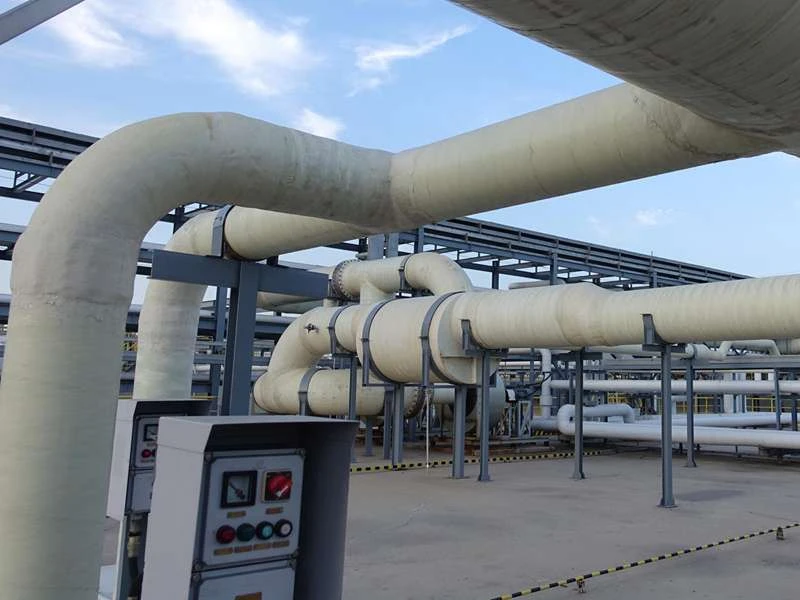
-
 Afrikaans
Afrikaans -
 Albanian
Albanian -
 Amharic
Amharic -
 Arabic
Arabic -
 Armenian
Armenian -
 Azerbaijani
Azerbaijani -
 Basque
Basque -
 Belarusian
Belarusian -
 Bengali
Bengali -
 Bosnian
Bosnian -
 Bulgarian
Bulgarian -
 Catalan
Catalan -
 Cebuano
Cebuano -
 China
China -
 China (Taiwan)
China (Taiwan) -
 Corsican
Corsican -
 Croatian
Croatian -
 Czech
Czech -
 Danish
Danish -
 Dutch
Dutch -
 English
English -
 Esperanto
Esperanto -
 Estonian
Estonian -
 Finnish
Finnish -
 French
French -
 Frisian
Frisian -
 Galician
Galician -
 Georgian
Georgian -
 German
German -
 Greek
Greek -
 Gujarati
Gujarati -
 Haitian Creole
Haitian Creole -
 hausa
hausa -
 hawaiian
hawaiian -
 Hebrew
Hebrew -
 Hindi
Hindi -
 Miao
Miao -
 Hungarian
Hungarian -
 Icelandic
Icelandic -
 igbo
igbo -
 Indonesian
Indonesian -
 irish
irish -
 Italian
Italian -
 Japanese
Japanese -
 Javanese
Javanese -
 Kannada
Kannada -
 kazakh
kazakh -
 Khmer
Khmer -
 Rwandese
Rwandese -
 Korean
Korean -
 Kurdish
Kurdish -
 Kyrgyz
Kyrgyz -
 Lao
Lao -
 Latin
Latin -
 Latvian
Latvian -
 Lithuanian
Lithuanian -
 Luxembourgish
Luxembourgish -
 Macedonian
Macedonian -
 Malgashi
Malgashi -
 Malay
Malay -
 Malayalam
Malayalam -
 Maltese
Maltese -
 Maori
Maori -
 Marathi
Marathi -
 Mongolian
Mongolian -
 Myanmar
Myanmar -
 Nepali
Nepali -
 Norwegian
Norwegian -
 Norwegian
Norwegian -
 Occitan
Occitan -
 Pashto
Pashto -
 Persian
Persian -
 Polish
Polish -
 Portuguese
Portuguese -
 Punjabi
Punjabi -
 Romanian
Romanian -
 Russian
Russian -
 Samoan
Samoan -
 Scottish Gaelic
Scottish Gaelic -
 Serbian
Serbian -
 Sesotho
Sesotho -
 Shona
Shona -
 Sindhi
Sindhi -
 Sinhala
Sinhala -
 Slovak
Slovak -
 Slovenian
Slovenian -
 Somali
Somali -
 Spanish
Spanish -
 Sundanese
Sundanese -
 Swahili
Swahili -
 Swedish
Swedish -
 Tagalog
Tagalog -
 Tajik
Tajik -
 Tamil
Tamil -
 Tatar
Tatar -
 Telugu
Telugu -
 Thai
Thai -
 Turkish
Turkish -
 Turkmen
Turkmen -
 Ukrainian
Ukrainian -
 Urdu
Urdu -
 Uighur
Uighur -
 Uzbek
Uzbek -
 Vietnamese
Vietnamese -
 Welsh
Welsh -
 Bantu
Bantu -
 Yiddish
Yiddish -
 Yoruba
Yoruba -
 Zulu
Zulu
FRP Solutions for Thermal and Nuclear Energy Applications and Innovations
FRP Products for Thermal and Nuclear Power An Overview
Fiber Reinforced Plastics (FRP) have emerged as critical materials in the energy sector, especially in thermal and nuclear power applications. Their unique properties—lightweight, high strength, corrosion resistance, and excellent thermal insulation—make them ideal for a range of uses in power generation facilities. This article delves into the significance of FRP products in both thermal and nuclear power plants, exploring their applications, benefits, and future prospects.
Understanding FRP
FRP consists of a polymer matrix reinforced with fibers, typically glass, carbon, or aramid. The combination of these materials results in composites that exhibit superior mechanical properties and resistance to environmental degradation. In the context of thermal and nuclear power, FRP products are not only used for structural components but also play vital roles in safety, efficiency, and sustainability.
Applications in Thermal Power Plants
In thermal power plants, FRP materials are widely used in various components, such as piping, ducting, and cooling towers. Their corrosion-resistant characteristics are particularly advantageous, as thermal power plants often deal with aggressive environmental conditions and the presence of harsh chemicals. For instance, FRP piping systems can transport hot water, steam, and other fluids without the risk of corrosion common to traditional metal pipes, thereby reducing maintenance costs and extending service life.
Moreover, the lightweight nature of FRP allows for easier handling and installation, which can significantly reduce labor costs and construction time. This is crucial in thermal plants, where operational efficiency is paramount. Additionally, the thermal insulation properties of FRP help minimize heat loss, enhancing the overall thermal efficiency of the power generation process.
Role in Nuclear Power Plants
frp products for thermal and nuclear power

The nuclear power industry presents unique challenges, such as radiation exposure and the need for stringent safety measures. FRP products are invaluable in this context, offering solutions that are both safe and effective. For example, FRP panels and containment structures can help in shielding sensitive components from radiation while providing necessary support and strength.
Furthermore, FRP materials are often used in the construction of reactor coolant systems and in components that require high tensile strength and corrosion resistance. Their ability to withstand extreme temperatures and radiation makes them ideal for use in the most critical areas of nuclear power plants. Additionally, FRP's low thermal conductivity is beneficial in maintaining temperature control, which is essential for safe nuclear reactor operations.
Advantages of FRP Products
The advantages of using FRP products in power generation are manifold. Firstly, their lightweight nature leads to reduced shipping and installation costs. Secondly, the corrosion resistance of FRP translates to lower maintenance expenses and longer service life. Thirdly, FRP can be tailored to meet specific engineering requirements, allowing for customization based on the unique needs of each power plant.
Moreover, with the growing emphasis on sustainability, FRP products contribute to environmental goals by improving energy efficiency and reducing waste. Their production process can also be more environmentally friendly compared to traditional materials, enhancing their appeal in an era where green energy solutions are increasingly prioritized.
Future Prospects
As the energy sector continues to evolve, the role of FRP products in thermal and nuclear power is likely to expand. The ongoing research and development efforts aimed at enhancing the properties of FRP materials, including improved fire resistance and higher thermal stability, promise to open new avenues for application.
In conclusion, FRP products are proving to be indispensable in the realms of thermal and nuclear power generation. Their blend of lightweight, strength, and resistance to environmental factors aligns perfectly with the demands of modern energy infrastructure. As the industry marches towards a sustainable future, the innovative use of FRP materials will undoubtedly play a pivotal role in shaping the next generation of power plants, ensuring they operate safely, efficiently, and with minimal environmental impact.









